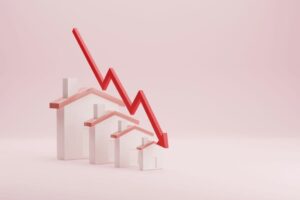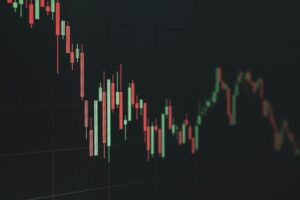By Ashok Bhatia, co-chief investment officer – fixed income at Neuberger Berman
Government bonds have sold off rapidly; here’s why it’s not time to buy back in.
Over the past six weeks, global government bonds have been selling off rapidly.
After hitting a low in mid-September, the U.S. two-year Treasury yield has climbed by almost 50 basis points. The five- and 10-year yields are both up by around 60 basis points, to 4.0% and 4.2%, respectively.
Is it time to buy again?
It does not seem so. In fact, this could be just the beginning of a surprisingly sustained move higher in yields.
The Fed could take a pause
At the start of the year, there was argument that bond market pricing would be all about the destination of policy rates, not the journey. The important thing was that rate cuts would come, eventually, and it was far too early to think about how quickly they would come and how rapidly they would proceed once they started.
In August, as the first cut from the U.S. Federal Reserve came closer, we told investors to look out for a change. With the direction of travel baked in, rates and bond market pricing could have become much more sensitive to the details of the journey—the estimated size, frequency and regularity of cuts.
Following recent moves, the market’s pricing of around 3.5% for the terminal fed funds rate is about right. But the futures curve suggests that it will get to 3.5% in a virtually straight line.
By contrast, we think the Fed will cut by 0.25% next week and in December, but could take a pause, perhaps as early as the first quarter, with 100 basis points of cuts under its belt.
Warmer than expected growth and inflation
Bond yields have surged because, after a weak August, September saw a string of U.S. releases deliver upside surprises, including a blockbuster payrolls report and warmer-than-expected retail sales and inflation.
Last week’s U.S. Purchasing Managers’ Indices, new home sales and jobless claims fed that trend. The Atlanta Fed’s GDPNow model suggests that U.S. third-quarter growth was 3.4%, and the U.S. was one of the few economies to have its 2025 growth forecast upgraded by the International Monetary Fund last week, to 2.2%.
Meanwhile, rising Middle East risk and U.S. election uncertainty are stoking concerns about inflation and fiscal sustainability. Neither U.S. presidential candidate is willing to address U.S. deficits, and Donald Trump’s recent rally in the polls raises the prospect of an especially inflationary tariffs policy. These risks have been getting priced into market inflation expectations and gold, for example.
It is hard to imagine the Fed next year mechanically delivering rate cut after rate cut in the face of 2.5% GDP growth and increasingly stubborn inflation.
Brace for volatility
That could have an outsized impact along the yield curve for two reasons.
First, a Fed pause could put the possibility of a return to rate hikes into investors’ minds. As “the destination, not the journey” suggested, one of the major things underpinning bonds over the past 12 – 18 months has been the inevitability of eventual rate cuts.
Second, the recent sell-off has taken yields back only to the levels of late July, just before a very weak U.S. payrolls report and the unwind of the yen carry trade created a big bid for bonds. It would not be surprising to see the U.S. five-year yield add another 50 basis points from here, taking us back to the mid-2024 highs.
With that scenario in mind, in client portfolios where there is the most freedom to adjust duration, we are currently at the low end of our ranges, at around 3.5 years—just over half the duration of the major investment grade benchmarks.
Moreover, with U.S. investment grade corporate bond spreads as tight as they have been for almost 20 years, we are also cautious on corporate credit, where a move back to 4.5% in the five-year yield could cause a disorderly exit. Investors who need exposure would be better off looking at structured products such as investment grade collateralized debt obligations (CLOs) or mortgage-backed securities (MBS), where spreads still offer a thicker cushion.
The mood music changed in September—and fixed income investors ought to brace for more downside volatility.















